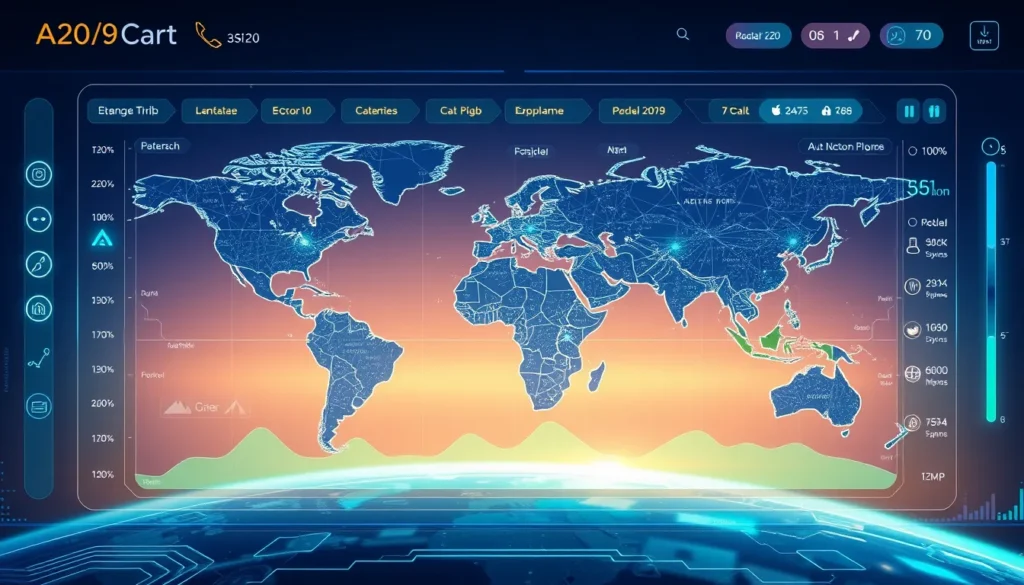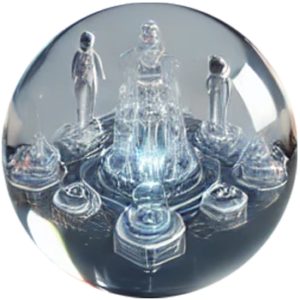Now Reading: Human Oversight in Chatbot Testing: A New Paradigm for Accuracy
-
01
Human Oversight in Chatbot Testing: A New Paradigm for Accuracy
Human Oversight in Chatbot Testing: A New Paradigm for Accuracy

Human Oversight in Chatbot Testing: A New Paradigm for Accuracy
In the rapidly evolving world of artificial intelligence and conversational agents, maintaining accuracy and contextual understanding has become a critical priority. Today, the integration of human judgment in technology has never been more essential. This article delves into the growing trend of human oversight in chatbot testing, discusses its benefits, and examines real-world applications backed by studies such as the renowned Oxford chatbot study.
The Shift Towards Hybrid Chatbot Evaluation
As AI continues to advance, traditional automated testing methods occasionally fall short in capturing the subtle nuances of human dialogue. Recent research emphasizes the need for a hybrid evaluation model that effectively blends automated systems with human insight. This integrated approach not only elevates overall performance but also offers unparalleled contextual awareness in chatbot interactions.
The Role of Human Oversight in Chatbot Testing
Human oversight in chatbot testing is emerging as a cornerstone for enhancing chatbot accuracy. Although algorithms can process large volumes of data quickly, they sometimes misinterpret emotions, sarcasm, or ambiguous language cues. By incorporating human evaluators into the testing process, developers can detect issues that machines may overlook, leading to significant improvements in conversational quality and reliability.
Benefits of Human Oversight in AI Chatbot Testing
- Enhanced Contextual Understanding: Human evaluators bring a level of intuition that is critical for understanding sarcasm, humor, and emotional expressions.
- Improved Accuracy: By catching subtle errors, human oversight ensures that chatbots are better tuned for real-world scenarios.
- Safety and Trust: In sectors such as healthcare or customer service, precise communication is paramount. Hybrid evaluation models build trust by ensuring that the technology is safe and reliable.
- Adaptability: Chatbots that are frequently updated through combined human and automated feedback can adapt more efficiently to evolving conversational trends.
Case Insights from the Oxford Chatbot Study
A groundbreaking study by Oxford University (visit https://www.ox.ac.uk for more information) highlighted that human oversight in chatbot testing is not just a luxury but a necessity. The study involved comprehensive real-world testing scenarios where human evaluators and automated systems worked in tandem. Findings revealed that automated methods often failed to catch subtle errors in tone, nuance, and context that human evaluators could easily identify.
The Oxford study serves as a wake-up call to tech developers and companies, urging them to adopt a hybrid evaluation model. The research conclusively demonstrated that effective human oversight in chatbot testing is instrumental in bridging the gap between machine efficiency and human empathy.
Implementing a Hybrid Chatbot Evaluation Strategy
For organizations looking to enhance their AI reliability, the following steps offer a pathway to successful integration of human oversight in chatbot testing:
- Balanced Evaluation Framework: Develop a testing model that combines automated procedures with systematic human reviews. This ensures that both precision and contextual relevance are maintained.
- Diverse Expert Teams: Assemble teams comprising linguists, cognitive scientists, and industry experts. Their collective expertise is vital in addressing the multifaceted challenges of AI conversational testing.
- Continuous Feedback Loops: Establish mechanisms for ongoing monitoring and feedback to consistently update and refine chatbot performance.
- Leverage Real-World Data: Incorporate testing scenarios that mimic real-life interactions, thus ensuring that the chatbot adapts effectively to diverse language patterns and communication styles.
By following these strategies, developers can harness the strengths of both machines and human evaluators, creating more robust and reliable AI systems. This balanced approach underscores the essential role of human oversight in chatbot testing, building a framework for future advancements.
The Future of Chatbot Testing
The evolving landscape of AI demands that we move beyond traditional methods of chatbot evaluation. Embracing human oversight in chatbot testing is a forward-thinking approach that merges the analytical capabilities of automated systems with the intuitive understanding of human experts. As technology becomes more sophisticated, this hybrid model will likely become the industry standard, ensuring that chatbots not only perform efficiently but also communicate with a level of empathy and accuracy that meets real-world expectations.
Conclusion
In summary, human oversight in chatbot testing is transforming the landscape of AI development. By integrating human judgment with advanced testing methodologies, developers can significantly improve chatbot accuracy, safety, and overall performance. The insights from the Oxford chatbot study provide compelling evidence for adopting this hybrid approach. As we continue to push the boundaries of artificial intelligence, the collaboration between human evaluators and automated systems will be crucial in creating technology that truly resonates with and understands human interaction. This innovative method of leveraging human expertise ensures that future AI systems are not only powerful but also empathetic and contextually aware, setting a new benchmark for excellence in the field.
Throughout this article, the importance of human oversight in chatbot testing has been reiterated. By consistently integrating this principle, companies can enhance the quality and reliability of their chatbots, paving the way for more secure and user-friendly AI interactions.

























